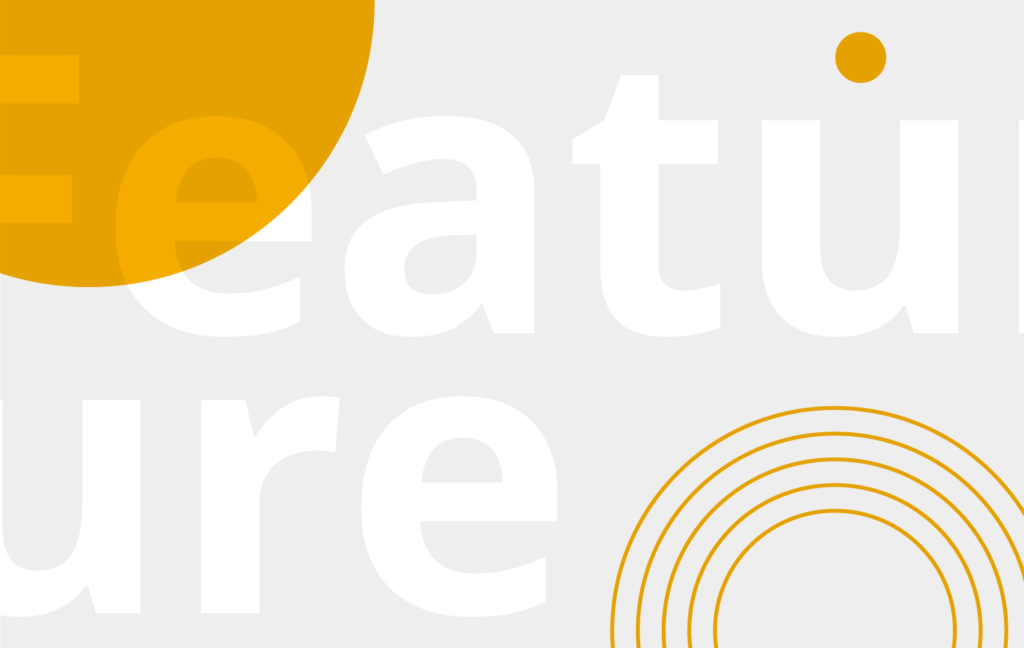2 August 2018 – International mobility is a key characteristic of EMBO Long-Term Fellowships, which require researchers to move to a different country from the one where they carried out their PhD. When EMBO introduced the fellowships in the 1960s they were the first of their kind. Today, several similar funding options exist. Nonetheless, the success rate of anywhere between 11 and 16% shows that EMBO Fellowships remain sought after and highly competitive.
Here, the Chair of the EMBO Fellowship Committee, Luca Scorrano from the Venetian Institute of Molecular Medicine and the University in Padua, Italy, and the Head of the Fellowship Programme, David del Alamo, give tips on how to put together the best possible application.
Step 1: careful planning
One of the most important things to do is planning. “If you are applying for a postdoctoral fellowship such as an EMBO Long-Term Fellowship, you will probably be doing so at the end of your PhD,” says del Alamo, “and that is an extraordinarily busy time.”
With finishing off research for and writing the PhD thesis, trying to publish the results, looking for career options, and visiting potential host laboratories, time to spend on writing an application can be scarce. Yet, a good project proposal requires careful consideration and a strong application needs time to write. So careful time management can make all the difference.
“The first thing you need to do is to develop an idea into a project,” adds Scorrano, who has served on the EMBO selection committee for the last five years and chaired it for the last year. “This should be done together with the host laboratory. But do not reuse a host lab grant proposal: the fellowship funds your project, not the work of a team, and it should be tailored to the amount of time the funding is available for and the resource of one fellow.”
Step 2: thorough preparation
Just like a scientific investigation, a strong application begins with some desk research. A variety of different funding options are available, but not all of them may be suitable. Del Alamo explains: “Look at funders’ scopes and their eligibility and selection criteria. Read guidelines, frequently asked questions and anything else you can find. You need to determine not only whether you are eligible, but also whether your application will be competitive.”
At this stage being honest with oneself is crucial: it is important not to waste time applying for fellowships for which one is not eligible or has very a low chance for success. “This will only take away time from preparing the applications for programmes for which you are truly competitive,” says del Alamo.
Make sure your application fits the requirements of the funder.
Luca Scorrano, Chair of the EMBO Fellowship Committee
The initial work will pay off when preparing the application. At this stage it is important to follow instructions and to only provide the information asked for. Generic applications are usually not very successful. “Make sure your application fits the requirements of the funder,” explains Scorrano. “The scopes may be different, and the same project needs to be described differently if you apply to a medically-focused organization, or to one supporting fundamental research.”
The final bit of research should include finding out who will be evaluating the proposal. The project description needs to be adapted for whether it is assessed by a single expert in the field, or by a panel of scientists who are expert in related but different fields.
Step 3: clear and concise writing
Before applicants put pen to paper, it is valuable to read a successful proposal from someone they know. Seeing how someone else structured their writing might provide additional insight.
The most important thing is to write clearly, concisely and to avoid jargon. Most likely, the project proposal will also be read by people who are not experts in that field. Scorrano says: “Never take knowledge for granted, particularly when you explain the background and importance of your research. If an evaluator does not understand why you want to do something, then it does not matter how much detail you add about experiments.” It is important to emphasize novel ideas, including how they compare with previous work, but lengthy descriptions should be avoided.
Generally, a proposal contains two parts: the introduction and the core project proposal. The introduction should state the research topic, what is already known about it and why it is important to know more, and state the research question and in which direction will it extend knowledge. The project proposal is the core of an application. The easiest way to write it is to follow a hypothesis-driven structure. The research question is defined in the introduction, so the hypothesis should be the start of the project proposal. Once the hypothesis is defined, the experimental plan to test it should be provided.
It is important to define, whenever possible, ‘plan B’ scenarios in case the hypothesis or the experimental plan do not deliver results as intended. Scorrano also highlights that “when it comes to techniques, consider the suitability to the experiments proposed instead of listing the newest available technologies.”
Read through your application, and then read it again and again.
David del Alamo, Head of the Fellowship Programme
The final tip del Alamo offers is to “read through your application, and then read it again and again. Make sure it is complete and clear. To test whether it will be understood by the assessors, ask two colleagues to read it: one topic expert and one non-expert scientist. The first may correct mistakes in your hypothesis or experimental approach, the second will be able to indicate whether the proposal can be understood by non-experts.”



